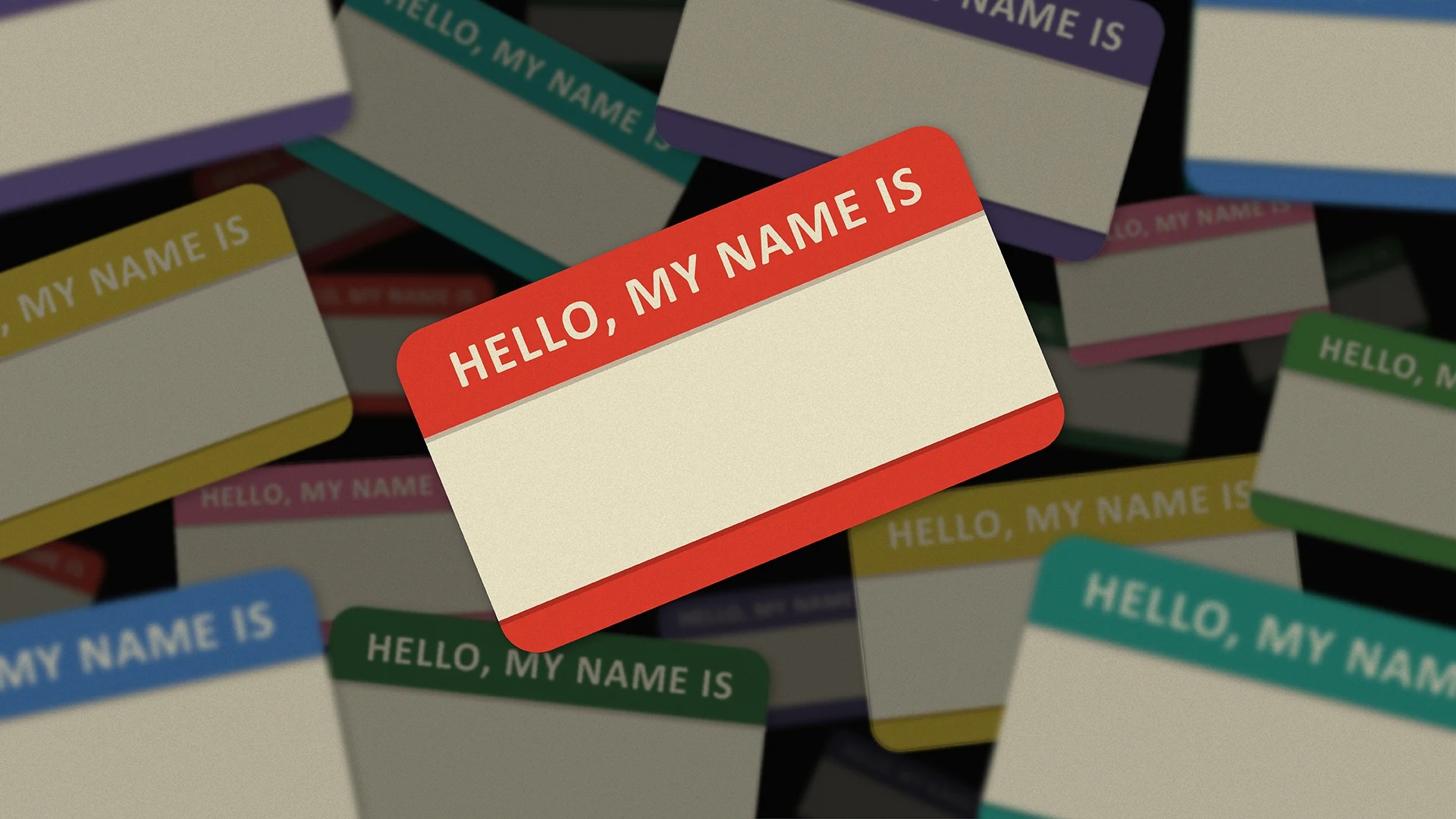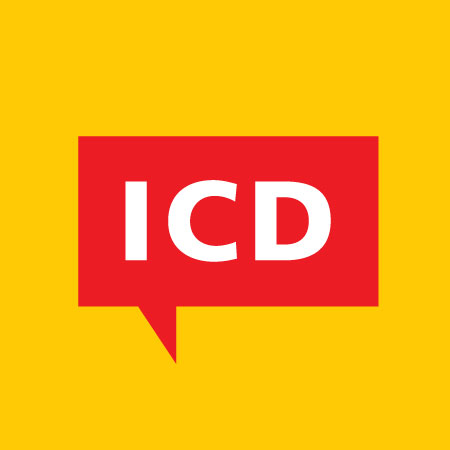No name, no brand
This truism is fundamental to branding—names elicit emotions such as trust, affection or happiness (Coca-Cola) and awe (Apple). Names like Apple and Pepsi may seem arbitrary, but they are pregnant with suggestion. A name greets the customer before he meets the product, and in the end it is the name that rides off alone into the sunset. So…
The success of a name comes from its instant memorability. When it precedes the product or brand experience, it creates an expectation of a certain quality or personality. It prods the instinct, provokes a reaction and directs curiosity. This is triggered by the sound of the name, by employing the appropriate use of phonetic aesthetic.
What are Names Made of?
The Sound of Names
Certain sounds have phonetic properties that appeal to deep-set instinct. The name Google, we argue, has less to do with its derivation from the googol (a very large employing known only to math-heads) and more to do with its resemblance to a baby’s blabber (known to every human). It is clear that the Google identity wears the visage of a curious child by using primary colours and basic shapes that cloaks its world-dominating, and some say sinister ambitions, with a childlike personality.
Similarly, culture (the noise through which the name passes from sender to receiver) can influence how we process a name. Take the case of the brand of mashed instant potato mix we named Vegit. Its brevity incites immediate action–do we hear ‘Just do it’ somewhere? It beckons the consumer to listen to his hunger and act on it instantly, no instruction manual required. The name semantically and phonetically suggests efficiency.

Similarly, a name like Inme immediately paints a picture of a confident but naive, childlike presence. Inme is a pioneer in the summer-camp business in India and they speak of the uniqueness of every child. The name is a simple utterance, designed as self-directed positive rhetoric that is meant to echo in every child—I have [desirable trait] in me!

Making Meaning
But this is not to say that the deeper meanings associated with names don’t work their effect. A name like Vrixa (our name for a human-resources-focused technology fund) has all the phonetic intent to turn heads, as also the x, which phonetically suggests efficiency. It’s a playful take on the Sanskrit ‘vriksha’ meaning tree, because tree names are beloved of venture capital firms, which need to suggest stability and growth at once. By astutely addressing this dimension the name first sets and later entrains a customer’s expectations.

Think Global, Say it Local
Local cues can make brands seem closer and more recognisable. For example the name Minute Khana addresses the ambitions and concerns of a modern homemaker who loves the convenience of ready-to-eat food but also finds the idea alien. While the quickness and convenience is implicit in Minute, it is the Hindi word ‘khana’ which alludes to a wholesome Indian meal that inspires her to include this product in her kitchen.

Another example is our name for Haldiram’s triangular nachos-like chips. Panga, an untranslatable slang usage in Hindi (roughly, a casual confrontation) phonetically echoes the sharp taste and angular shape of the product, giving it the edge of a light-hearted confrontation; not quite playing nice, but always with a wink.

Despite the enthusiastic allusions to tradition and local aesthetics, sometimes it serves the brand to avoid parodying its own culture. Haldiram’s foray into South Indian snacks was done with poise: our name Southern Delights, exemplifies southern restraint as it purveys ‘murukku’ to the North. Yet it has the sound of a small-town eatery that the Indian ear will pick up.

Constraints
…can often be the stimulus for innovation. Design begins with empathetic conversation, but awkward situations arise when clients have preferences for particular sounds or letters based on feng-shui, astrology or vaastu. Clearly, the High Tech Robotic Systemz, looking to rebrand, needed to communicate their expertise more succinctly without compromising on its youthful energy. But there was a caveat— the name had to be numerologically sound and begin with the ‘th’ sound. We settled on Thebo, suggestive of a robotic pet (and rhyming with ro-bo, as robot was sometimes pronounced).

When the couture brand Ashima Leena decided to launch a pret line, as a daughter brand, it was to be similar in spirit but different in form. It required a link to the established original but also the freedom to be itself. The name Alias neatly resolves the contradiction. Embedded within the name is the abbreviation AL—a cheeky nod to the original brand Ashima Leena. To visually articulate this lineage, the logo itself carries the letters A and L from the Ashima Leena logo and completes the heist.

The Visual Word
Words are heard, and read; but they are also seen. And the way they are spelt or graphically represented augments the force with which they are read or heard. Our name for Haldiram’s healthy ‘namkeen’ snacks Snac Lite economically uses two syllables, doing away with the k to accentuate its ‘liteness’.

Vrixa’s identity also visually buttresses the sound of the x. The sound and look are simultaneous: they are synesthetic, or sensed together in a way that can’t be pried apart. The x marks the spot, and the x multiplies, as the tagline “HR x tech” implies.
Atomistic Naming
The phonetic, semantic and graphic aspects of a name are the ways in which minds, ears and eyes can be drawn to a name. But whole words are not necessary, nor always ideal. The use of word fragments can lend flexibility and precision. From these atomistic units, a new compound can occur, much like a chemist creates one in her lab. Vegit, encountered earlier, is one such.
A fragment can work on its own, too. Exper is our name for a leadership development firm that trains senior, junior or mid-level teams. Their methods involve no classrooms, but are experiential, their advice backed by the experience of the trainers as businessmen, as they help leaders maximise their expressive potential for exponential benefits. Apart from the extensions it suggests, the truncated word fragment Exper is a phonetic exhalation, a whisper, thus achieving a lightness that wholly befits the brand.

However, the best cases are when the chemist has creative influence over the goal of the experiment itself. Read on.
Integral Design
Not always does identity design influence the ethos of a brand. But when it does, the brand’s identity and ethos seem inextricably intertwined, making a telling and authentic statement. A new design school was to be positioned as a Master’s course at the center of design thinking, helping students tackle real world issues through design methods. The brand implores designers to grapple with the complex interactions of society, economy and technology. The name School of Integral Design is just as unassuming as it is profound. It communicates the serious intent of the school clearly by integrating the ethos into its name. The skeletal visual identity echoes this by revealing its structure while allowing ample room for creative play.

The Opportunity
The potency of a name must not be understated; it is the irreducible expression of a brand’s values. At ICD we encourage clients to invest time and effort in naming so that the brand and the consumer are coupled in text, speech and graphic. And in meaning: the word ‘logo’ is derived from the Greek ‘logos’ meaning ‘word’, and also ‘reason’ or ‘meaning’. Identity starts here: a name that points to its logos, and its ethos at the same time.

